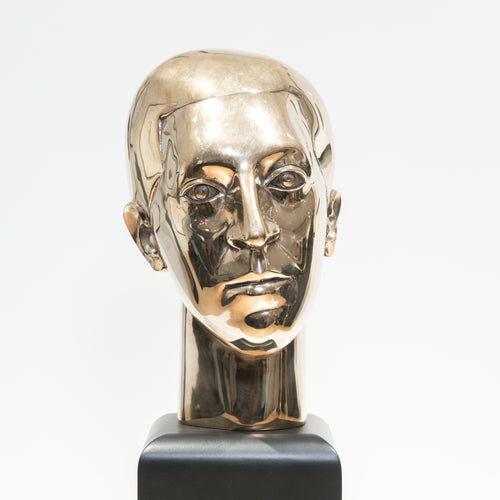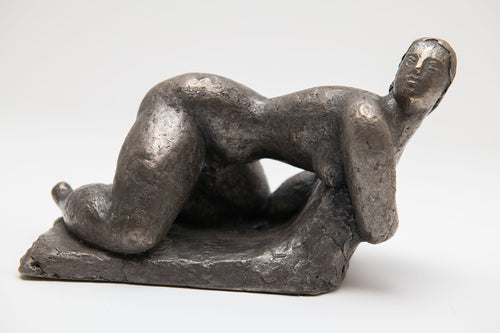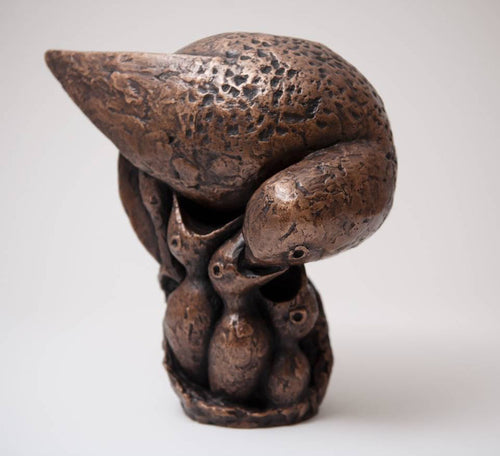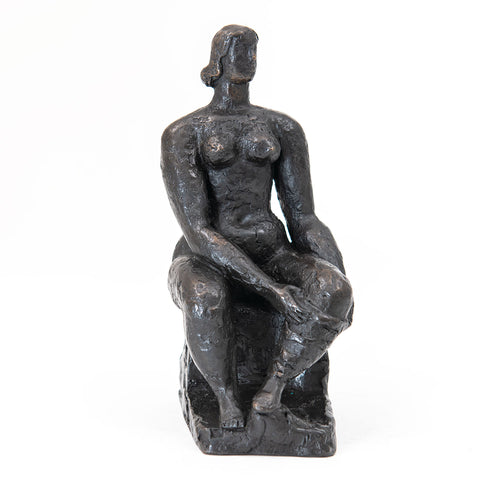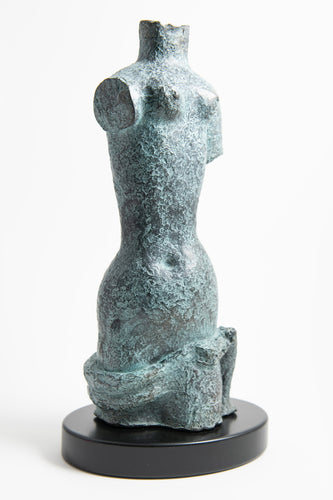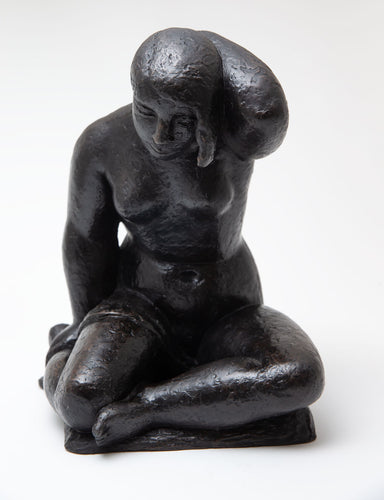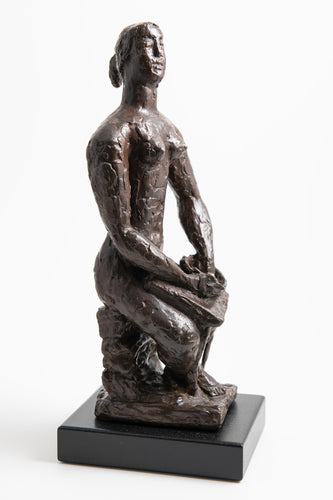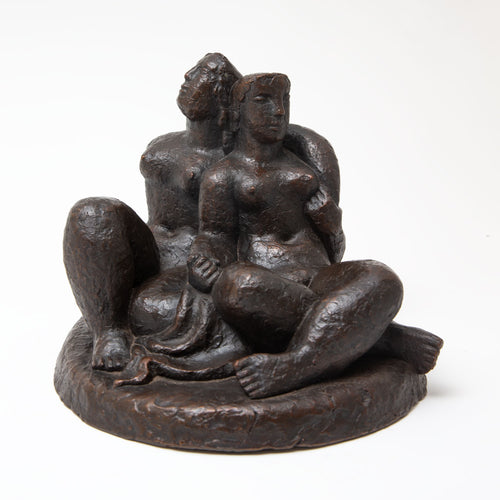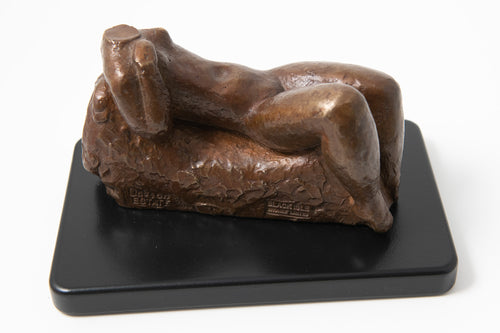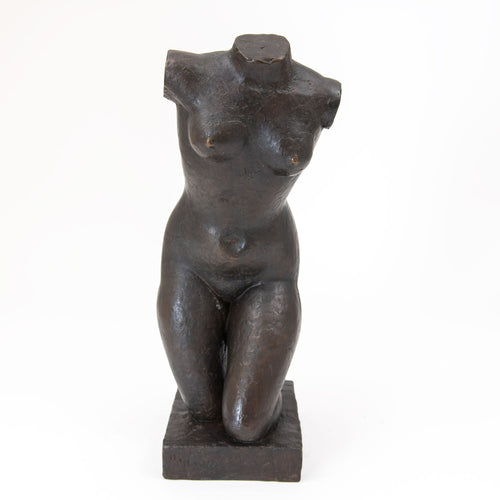With a government-funded budget of £12 million, it was a national affair, with exhibitions and events taking place throughout the country. A derelict 27-acre site on London’s South Bank was chosen as the Festival’s centrepiece. Under the direction of Hugh Casson, appointed Head of Architecture, the gloom of old factories and bombed, decaying buildings was lifted, transformed by contemporary architecture and design into a place of spectacle.

festival site, featuring the Dome of Discovery and Skylon
The opening of the Royal Festival Hall, a 2,900-seat concert hall, by King George VI on 3rd May signalled the start of the Festival. Crowds of people flocked to London, greeted by the Skylon, a 300-foot cigar-shaped steel tower, suspended 50 feet from the ground, hovering above the Festival site. The Dome of Discovery, then the largest dome in the world, sat alongside. The Telekinema, a state-of-the-art cinema, screened documentaries and experimental films, even some in 3D, giving many their first cinematic experience. Visitors strolled around the piazza, across elevated walkways, through pavilions decorated with murals and brightly-coloured banners, towards a Pleasure Garden and funfair at Battersea Park. Each feature was a symbol of a Britain reborn, one with a hopeful future, bolstered by the nationwide celebrations that took place over the summer of 1951.

London Pride at the Festival of Britain
In amongst the South Bank crowds sat Frank Dobson’s London Pride, a poised moment of stillness amid the mania. Dobson, alongside contemporaries incuding Barbara Hepworth, Henry Moore, and Lynn Chadwick, had been commissioned to provide sculptures for the site – the best British artists for a festival celebrating the best of Britain. The maquette shown here was made in preparation for the subsequent monumental plaster sculpture that was Dobson’s contribution. Two full-bodied women sit side-by-side, calm and composed. Their forms are connected, legs touching, joined by the bowl that sits between them, two halves of one whole. With their shoulders angled inwards and heads turned, it is an intimate scene: two friends engaged in their own private conversation, not to be disturbed.

study for London Pride, terracotta
Initially titled Leisure, Dobson had already begun work on the piece, but upon receiving the Festival commission chose to re-title it London Pride. To suit the celebratory occasion and their public setting, small and subtle – but significant – alterations were made to the design. The women now sit upright and attentive, with the structure of a finished work rather than the delicacy of a maquette: at almost a metre and a half in height, their rounded figures offer a reassuring presence.

Physical connection remains – legs still touch, their bodies united by the same bowl. Yet, despite this closeness, the two figures now sit almost as separate observers: they no longer look at one another but rather gaze past, surveying the festive scene beyond the other’s shoulder. With just a slight reangling of their heads, Dobson has adjusted the piece from a moment of informal intimacy to that of two universal spectators, calmly sat watching over the festival crowds and lending an enduring sense of security.

study for London Pride, bronze
The Festival of Britain was always intended to be temporary. Despite the South Bank exhibition attracting nearly 8.5 million visitors in the five months it was running, in September the festival was closed and most of its structures dismantled. All that now remains of the event are the Royal Festival Hall and a bronze cast of Dobson’s London Pride, sitting proudly on the South Bank overlooking the Thames. Whilst the Skylon and Dome of Discovery no longer feature in London’s skyline, the legacy of the festival endures: thirty years after the Festival ended, the site was developed into the Southbank Centre, the UK’s largest arts centre. London Pride stands as a reminder of an event that propelled the South Bank into the cultural destination that we know today.

